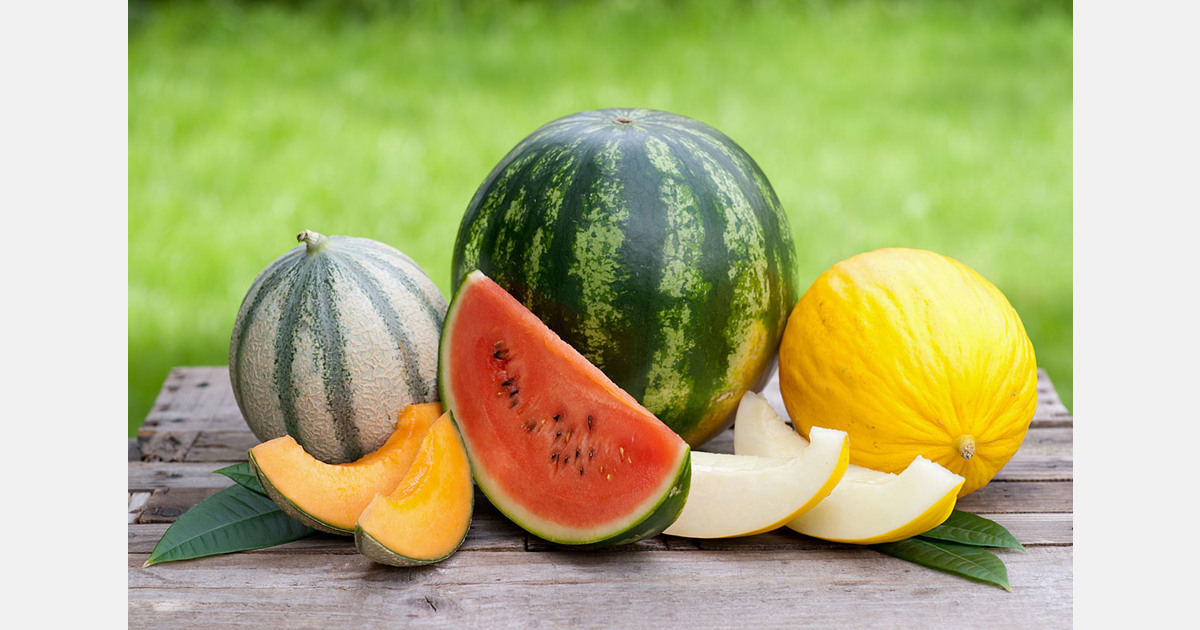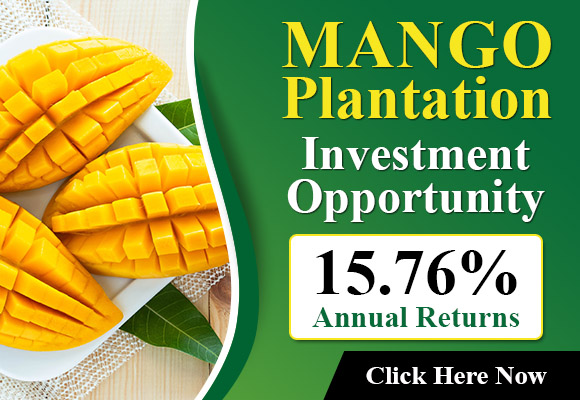
The 2025/2026 fresh fruit harvest in Rio Grande do Norte has started with the objective of handling up to 300,000 tons through the Port of Natal, doubling exports compared to the previous season. The first shipment left on 10 August, marking the operational start of the season.
This volume growth is supported by a partnership between the Rio Grande do Norte Dock Company (Codern), Agrícola Famosa, and the state government, which has been investing in infrastructure. Agrícola Famosa CEO Carlo Porro noted the benefits of using a dedicated port and vessel, citing reduced transit time and maintaining product standards. The company plans to export around 300,000 tons of melons and watermelons this season, along with smaller volumes of mangoes and grapes.
Porro indicated that extending the harvest into March and April, beyond the current end date of February, could make the Port of Natal the largest fruit port in Brazil. The terminal now accounts for 65–70% of Agrícola Famosa’s exports.
According to the Rio Grande do Norte Agriculture and Livestock Federation (Faern), export volumes through the port increased from 46,400 tons in 2023/2024 to 131,500 tons in 2024/2025. Faern president José Vieira cautioned that reliance on one operator limits risk diversification. He also noted ongoing operational limitations, such as draft restrictions, limited vessel capacity, infrequent port calls, and docking predictability. However, he acknowledged that direct routes to markets in Europe, Russia, the Middle East, and Canada reduce costs and time. The U.S. accounts for less than 5% of the state’s fruit exports.
Vieira stated that high U.S. tariffs reduce competitiveness and hinder diversification for premium fruit segments.
Secretary of Economic Development Alan Silveira confirmed the target of more than 300,000 tons for 2025/2026, with bananas, cashews, and coconuts gaining relevance alongside papaya, watermelon, mango, and melon. He said the state’s fruit exports have grown from US$120–130 million six years ago to over US$250 million.
To sustain the harvest, Codern carried out emergency dredging to maintain a 10-meter draft, costing US$1.17 million. The federal government has announced US$23.75 million in new investments, including warehouse renovations and a photovoltaic plant. Increasing the draft to 12 meters and reinforcing the Newton Navarro Bridge are expected to allow 24-hour ship passage.
The Port of Natal currently handles around 10,000 tons of fruit weekly, mainly from Agrícola Famosa. Codern aims to diversify cargo and explore the export of iron ore, sugar, and live cattle, with ore shipments potentially starting in 2027. The state government is in talks with other exporters to increase both volume and service quality.
Source: Abrafrutas
Source: The Plantations International Agroforestry Group of Companies
